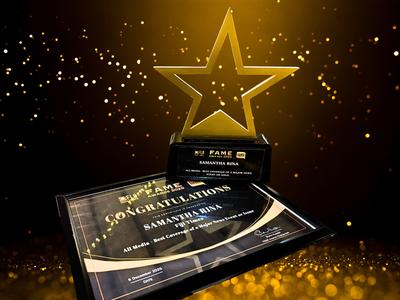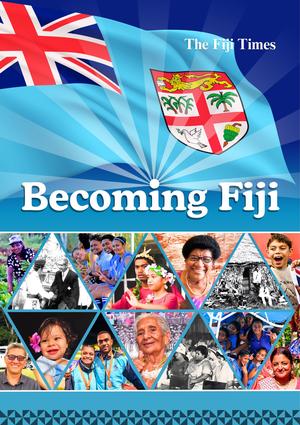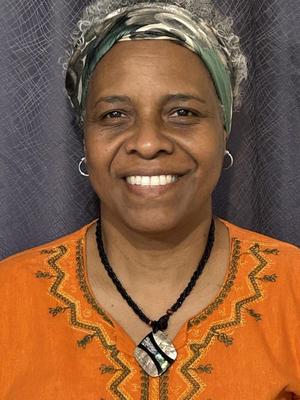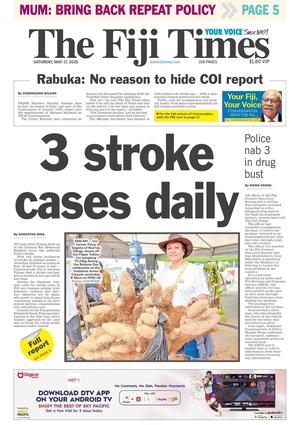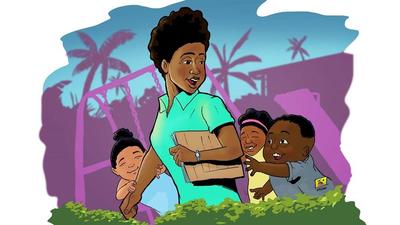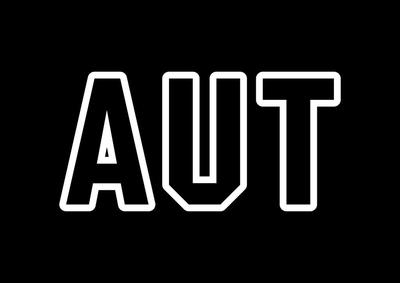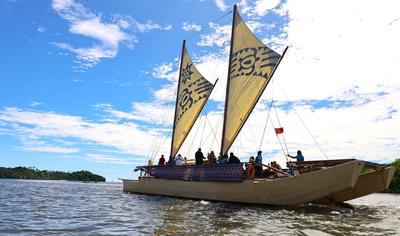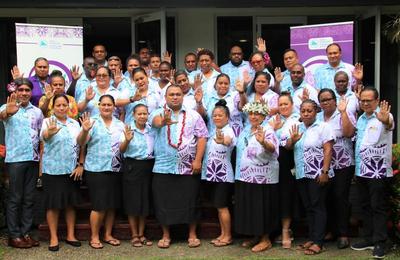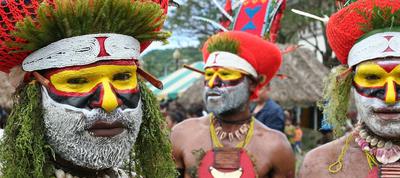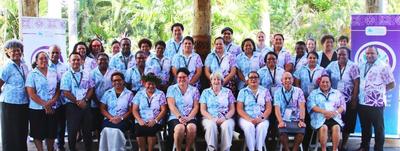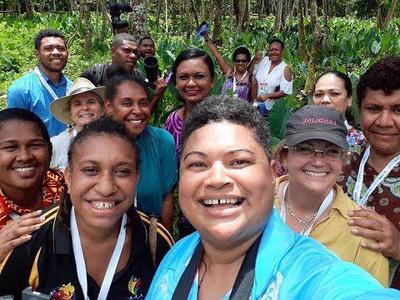The Fiji Times
•
12th November 2025
The long, cold walk in the dark
At 3am, while most of Fiji still sleeps, Vani Sulua and her husband begin their trip to the market.
In the darkness, they wade through the cold Wainimala River, lifting sacks of root crops and vegetables above the water to keep them dry. At the riverbank, they try to stay warm as they wait for the carrier that will take them into town, a routine that has become their only way to earn a living.
From Nasivikoso Village in Magodro, Ba, Vani, 31, now lives in Waibasaga, Wainimala, in Naitasiri with...
